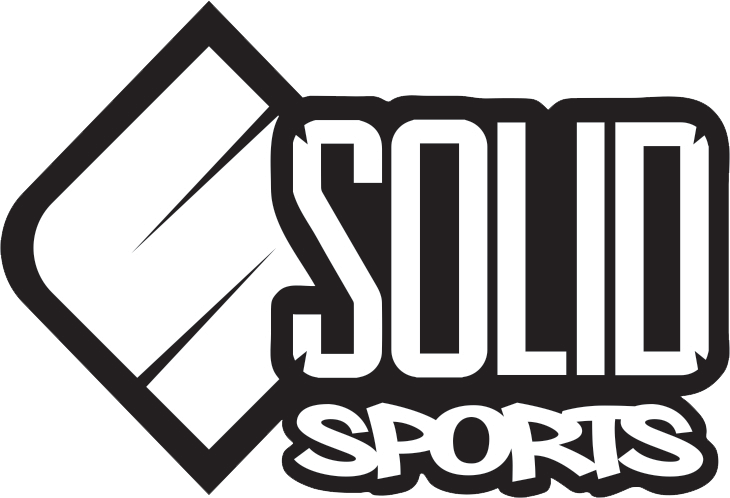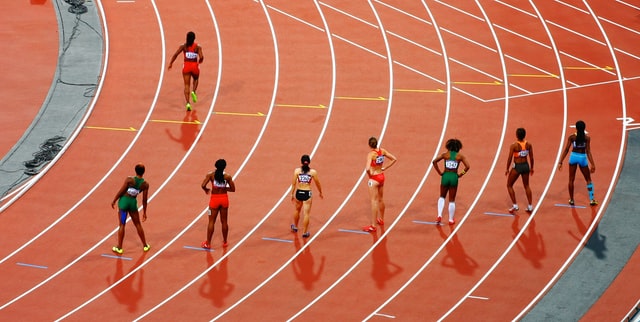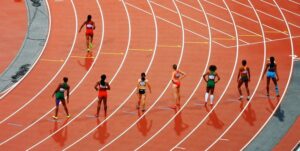Have you ever heard about Burnout?
Dr Herbert J. Freudenberger defines Burnout as a mental and physical state of exhaustion connected but not exclusive to professional life. You can identify Burnout by lack of pleasure and satisfaction in daily routine, the sensation of no recognition of performance or achievement, the need for assertion, self-fulfilment desire, compulsion and obstinacy. The constant chase for a better performance; the extremely competitive environment; the high pressure for results and uncertainty of the career; the risk of injuries and the short term on the top is what makes Burnout very common in Sports, mainly among athletes and coaches. Some causes and symptoms for athletes burnout can be, but not limited to:
Causes/Situations:
- A high volume of training;
- Extreme pressure for results;
- Low financial and social support;
- Low train autonomy;
- Little compensation for effort;
- Boredom;
- Activity devaluation;
- Few significant achievements;
- Lack of control
Symptoms:
- Inadequate behaviour;
- Low performance;
- Acquaintanceship issues;
- High level of tension;
- Anger;
- Anxiety;
- Easily Irritable;
- Fatigue;
- Insomnia;
- Depression.
Usually, athletes are the spotlight in sports environment. However, coaches are the ones mostly affected by Burnout. Coaches are hired to deliver results, so they have to live under high demand and pressure from different sources such as managers, athletes, parents, sports institutions, supporters and other stakeholders. They are always with their job on the line. The pressure from a super-competitive environment and career don’t give them the peace of mind of a stable job. There is a high incidence of Burnout among coaches mainly for:
- High-performance coaches
-
- Pressure for constant results
- More usual with National to International level (Olympics, World Championship, Nationals)
- Women coaches
- Stereotyping and discrimination
- The barriers experienced by women as they attempt to ascend towards sport leadership roles often include an unequal assumption of competence, homologous reproduction, and a lack of women mentors and networking opportunities (Darvin & Sagas, 2017; Kamphoff, 2010; Kilty, 2006; Schull & Kihl, 2018).
- Inexperienced Coaches
- Professional statement
- Lack of improvement/results
- Too democratic coaches
- Interferences
- Too many suggestions
- Hard to make decisions
Studies have proven that prevention is the most important thing to do in case of flags coming up. It would be possible to avoid Burnout using some strategies:
- Communication – athlete/coach, athlete/athlete, managers/coach staff/multidisciplinary team/athlete;
- Days-off, scheduled resting time, holidays and super-compensation;
- Psychological follow-up during the training season, pre e post-competition;
- Keeping a positive perspective;
- Establishing short term and achievable goals;
- Keeping the physical conditional up to date.
If you identify yourself with those conditions, don’t hesitate to talk to a teammate or coach, though it is preferable, seeking a sports psychologist for a proper treatment.
Burnout is one of the most significant index fingers of professional psychological exhaustion. It is a big concern in Sports Environment, but it can also happen in other environments such as working, parenting, studying. Early diagnosis and monitoring of symptoms are crucial. If not treated properly, it would not only affect athletes or coaches careers, but it also may bring permanent damage.
Paulo Barroso / Solid Sports






Recent Comments